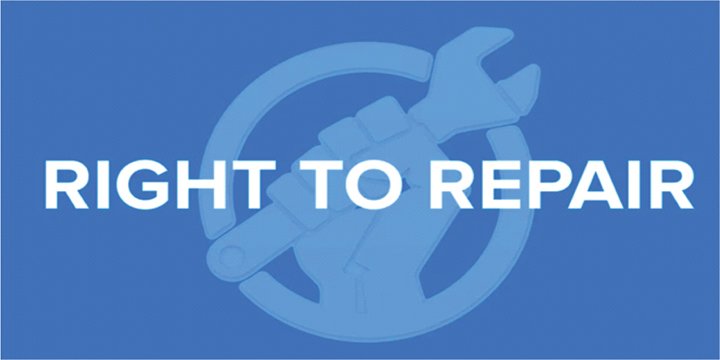RIGHT TO REPAIR
WHY IN NEWS?
- Recently, government opined of replacing the ‘use-and-throw’ design philosophy of products with a ‘right to repair’ framework.
WHAT IS RIGHT TO REPAIR?
- It is a framework that will give consumers the option to repair their products rather than discard them and buy new ones.
- It will ensure the product can be repaired at a reasonable cost via third party service providers (even during the warranty period) rather than depending solely on original equipment manufacturers (OEMs) or their partners, who are often costlier.
- The movement traces its roots back to the very dawn of the computer era in the 1950s.
- To enable this, the OEMs will have to mandatorily share their product details with consumers.
- The ministry of consumer affairs unveiled this idea in July 2022 and has set up a committee to prepare the framework.
- The goal of the movement is to get companies to make spare parts, tools and information on how to repair devices available to customers and repair shops to increase the lifespan of products and to keep them from ending up in landfills.
BENEFITS OF RIGHT TO REPAIR:
- It seeks to replace the existing product design philosophy that prefers ‘use-and-throw’ and ‘planned obsolescence’ (making a product unusable in time) with one that fosters a circular economy.
- Reports suggest that India generated 1.6 million tonnes of e-waste in 2021-22, and only a third of it was recycled, with the rest ending up in landfills.
- Right to repair is also critical for India to achieve carbon neutrality by 2070.
- It will save consumers money, reduce e-waste by extending the life of a gadget, boost third-party repair shops, create jobs and enable reuse and recycling of parts.
CHALLENGES IN RIGHT TO REPAIR:
- A right to repair portal was unveiled by the consumer affairs ministry in December 2022 for
- voluntary registration of manufacturers.
- Manufacturers are resisting change, fearing a substantial disruption to their business model.
- Manufacturers restrict access to repair services, claiming potential violations of their rights.
- It will force companies to tweak their business models.
- Once the law takes effect, the warranty that OEMs offer will be valid with third-party entities too.
- The dealers will lose captive customers, possibly impacting their viability.
WHY ELECTRONIC MANUFACTURERS ARE OPPOSING MOVEMENT?
- Large tech companies, including Apple, Microsoft, Amazon and Tesla, have been lobbying against the right to repair.
- Their argument is that opening up their intellectual property to third party repair services or amateur repairers could lead to exploitation and impact the safety and security of their devices.
- These companies are constantly claiming that they are working towards greater durability themselves.
- This year, Apple took more steps towards reducing its contribution to e-waste.
- It has expanded its free, independent repair provider programme in 200 countries and extended access to genuine spare parts, information on repairs and tools for out of warranty repairs.
- Microsoft has pointed out how it improved the battery and hard drive of its third-generation Surface Laptop after it was criticised for making it next to impossible to replace the battery in older models.
RIGHT TO REPAIR IN OTHER COUNTRIES:
- The UK government introduced right-to-repair rules with the aim of extending the lifespan of products by up to 10 years.
- In his executive order to promote economic competition, President Biden called on the Federal Trade Commission to force tech companies to allow consumers to fix their own electronic devices — either themselves or using a technician of their choice.
- The European Union’s right to repair laws require manufacturers to ensure that electronic goods can be repaired for up to a decade.
WAY FORWARD:
- In India, Right to Repair should have been given far greater priority by the government than what it has managed to get.
- The Right to Repair must take into consideration interests of both consumers and manufacturers, be mindful that the law does not allow anything that involves compromise of intellectual property, unwanted access to proprietary information or any such issues of concern.
SYLLABUS: MAINS, GS-2, GOVERNANCE
SOURCE: LIVEMINT, INDIAN EXPRESS




